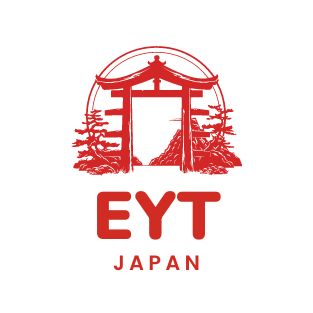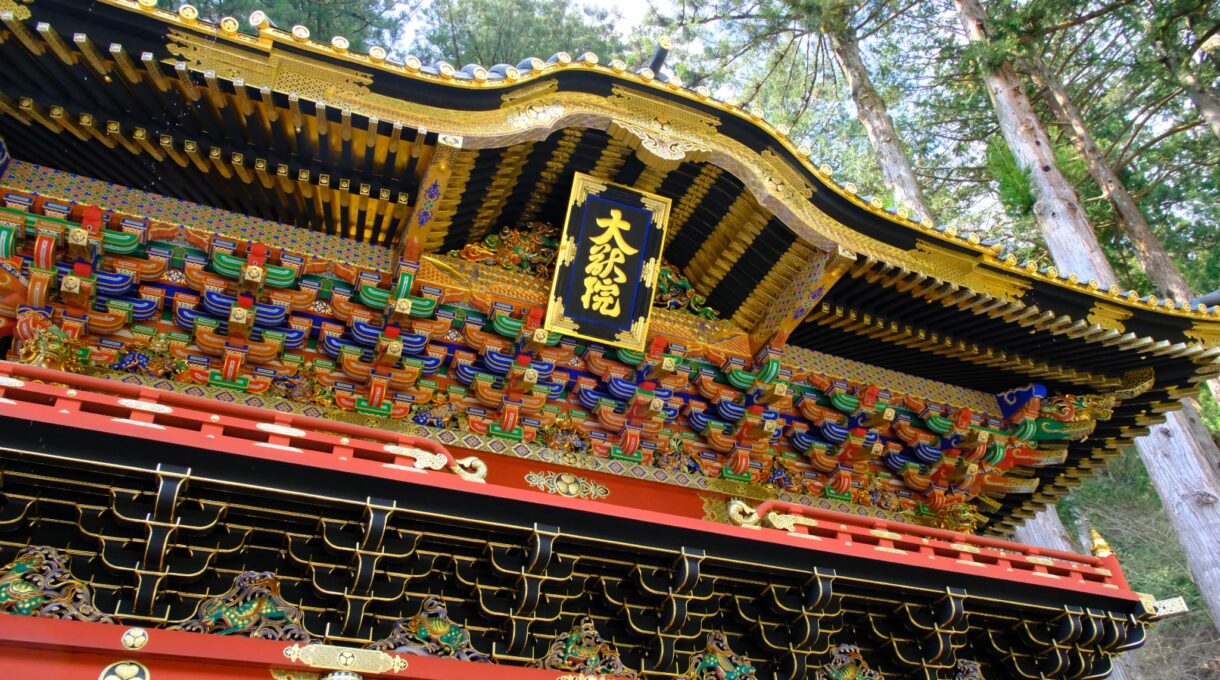Just a short walk from the dazzling Nikko Toshogu Shrine stands Rinnoji Temple, a serene Buddhist temple that is home to the mausoleum of Tokugawa Iemitsu—the third Tokugawa shogun and grandson of Tokugawa Ieyasu. Rinnoji is part of the sacred World Heritage Site known as “Two Shrines and One Temple,” which includes Toshogu Shrine, Futarasan Shrine, and Rinnoji Temple. Among the three, Rinnoji is the oldest.
While Toshogu dazzles in gold and vermilion, Rinnoji embraces a different kind of beauty—deep reds, black lacquer, and gold that create an atmosphere of quiet elegance and solemn grandeur. Many visitors miss it entirely, but standing before its halls in silence leaves a lasting impression. Come see it for yourself—you might just find it to be your favorite part of Nikko.
How to Get There
Nearest Station
The closest stations are Tobu Nikko Station and JR Nikko Station. For detailed directions to these stations, please refer to our transportation guide article.
The History of Rinnoji Temple
Rinnoji Temple was founded more than 1,200 years ago by a monk named Shodo Shonin. People have long believed that the mountains of Nikko are sacred, and this temple became a spiritual gateway connecting nature and Buddhist teachings.
The temple follows gentle Buddhist ideas that everyone can lead a good and happy life. These values are still respected here today.
During the Edo period, Rinnoji gained special importance and was managed by members of the imperial family. The temple received its current name during this time.
At the center of the temple grounds is Sanbutsudo, where three large golden Buddhas represent the three sacred mountains of Nikko: Mount Nantai, Mount Nyohō, and Mount Tarō.
Nearby are Toshogu Shrine (where Ieyasu is enshrined) and Futarasan Shrine (which preserves Japan’s ancient mountain worship). Together, these three form the spiritual heart of Nikko and are registered as a UNESCO World Heritage Site.
Tickets and Admission
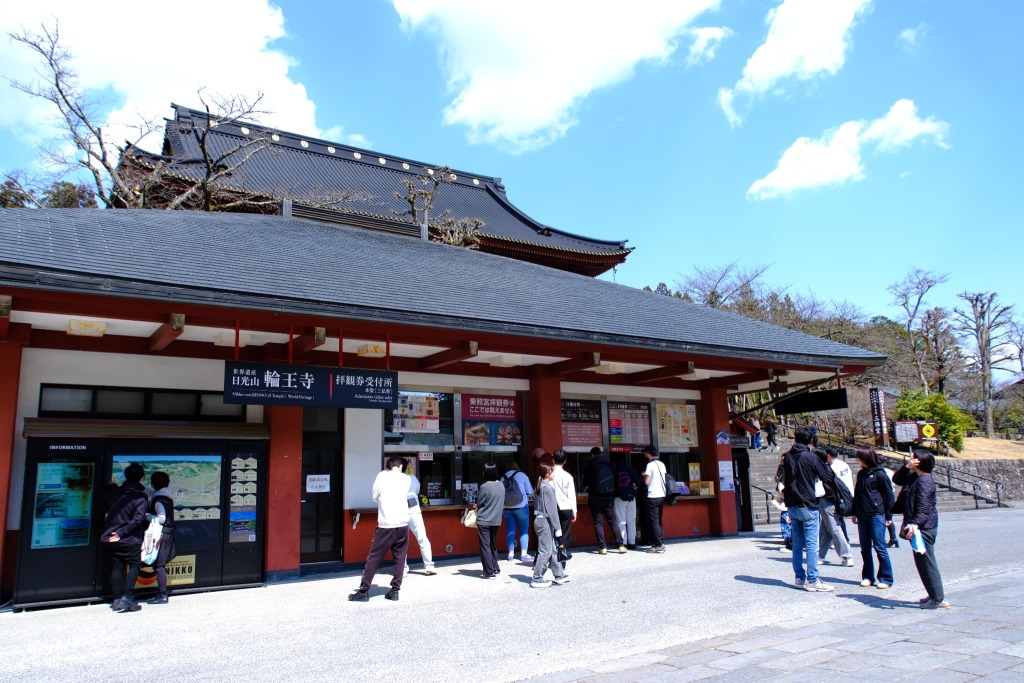
Buying Tickets on Site
Tickets are available at the counter or ticket machines. Unlike Toshogu Shrine, Rinnoji is rarely crowded, so you can usually purchase tickets without waiting in line.
Please note: The Rinnoji set ticket, which gives you access to all major sites, is available only at the ticket counter. Ticket machines only sell individual tickets.
Buying Online
You can purchase tickets online from the official
website: https://www.rinnoji.or.jp/information.html
That said, since on-site lines are rare, we recommend buying your ticket in person.
What to See Inside Rinnoji Temple
Treasure House & Shoyoen Garden
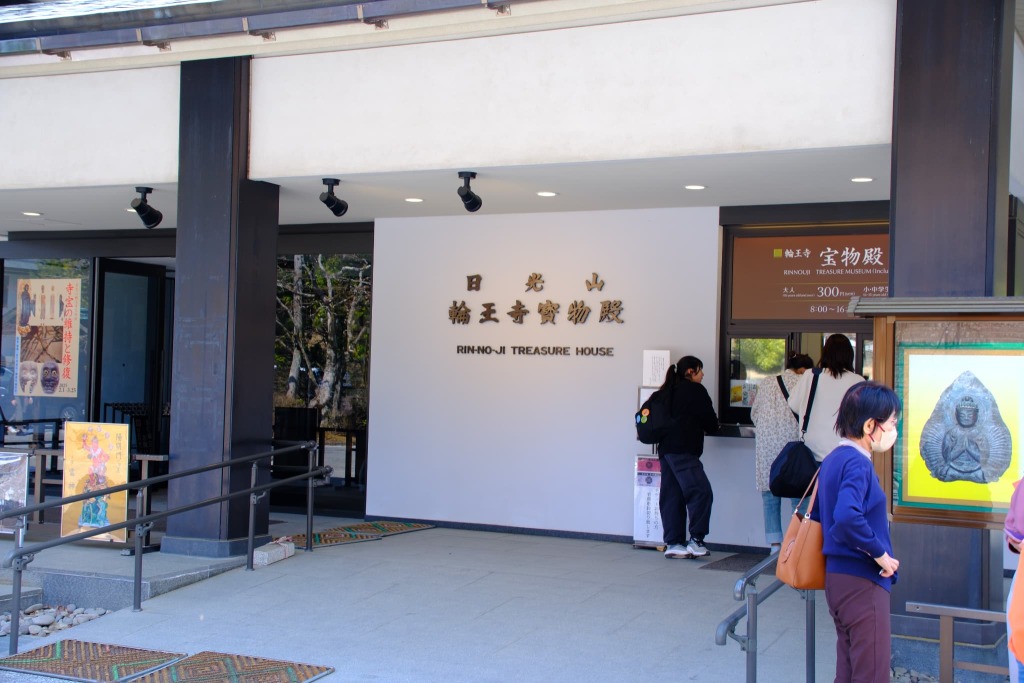
Start your visit at the Treasure House, next to which you’ll find the Shoyoen Garden. Please note: Photography is not allowed inside the Treasure House.
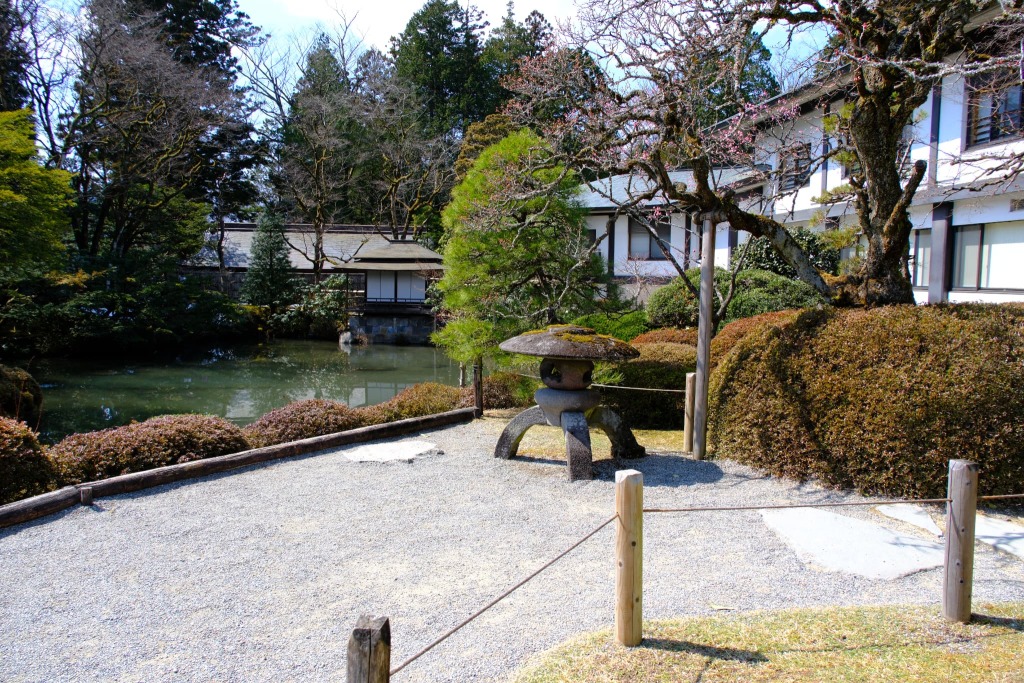
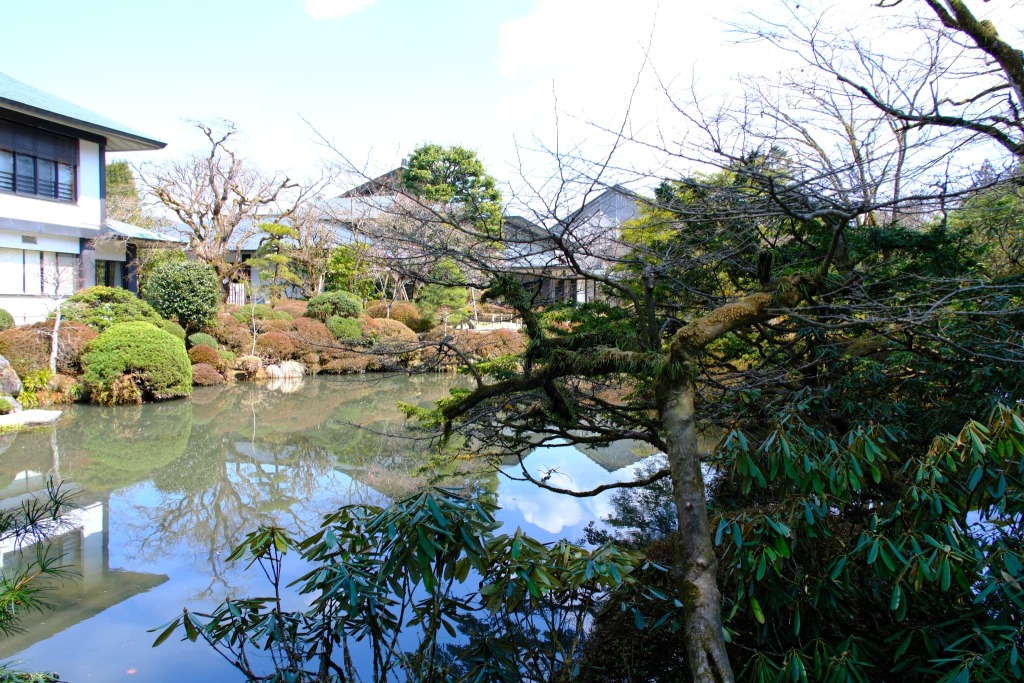
Shoyoen is a small Japanese-style garden connected to the Treasure House. Even at a slow pace, you can enjoy the entire garden in about 15 minutes.
Sanbutsudo Hall
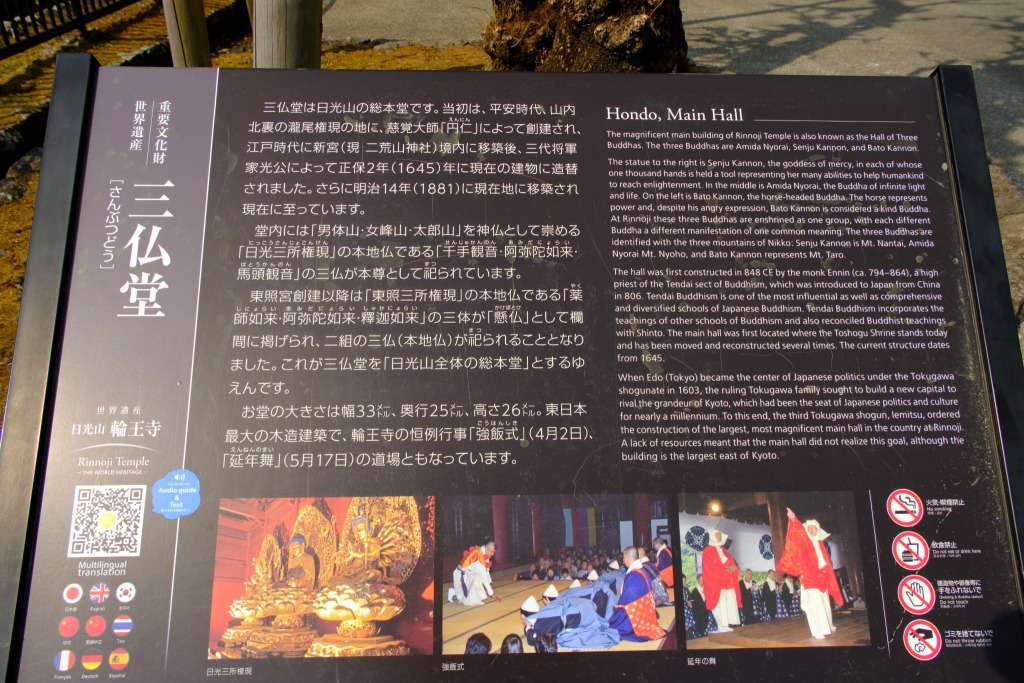
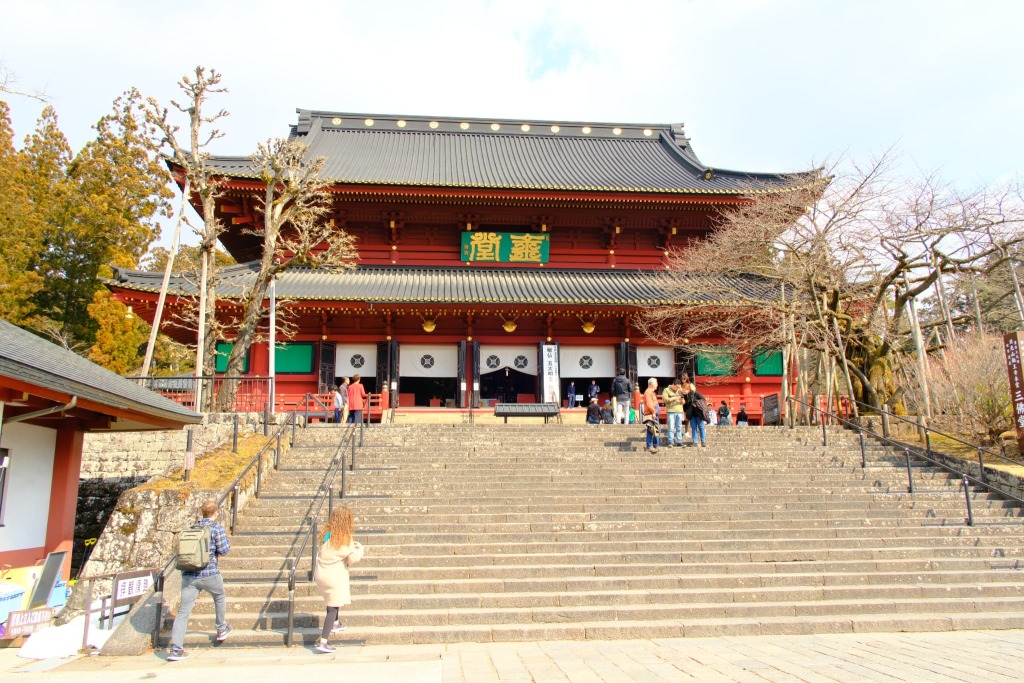
Next, head to Sanbutsudo, the large red building located right beside the main ticket area. Photography is also prohibited inside, so you’ll be viewing the exterior only.
How to Get to Taiyuin (Iemitsu’s Mausoleum)
Taiyuin is located about a 10-minute walk from Sanbutsudo. It can be a little tricky to find, so follow the route described here.
After exiting Sanbutsudo, follow the path to Daigomado Hall.
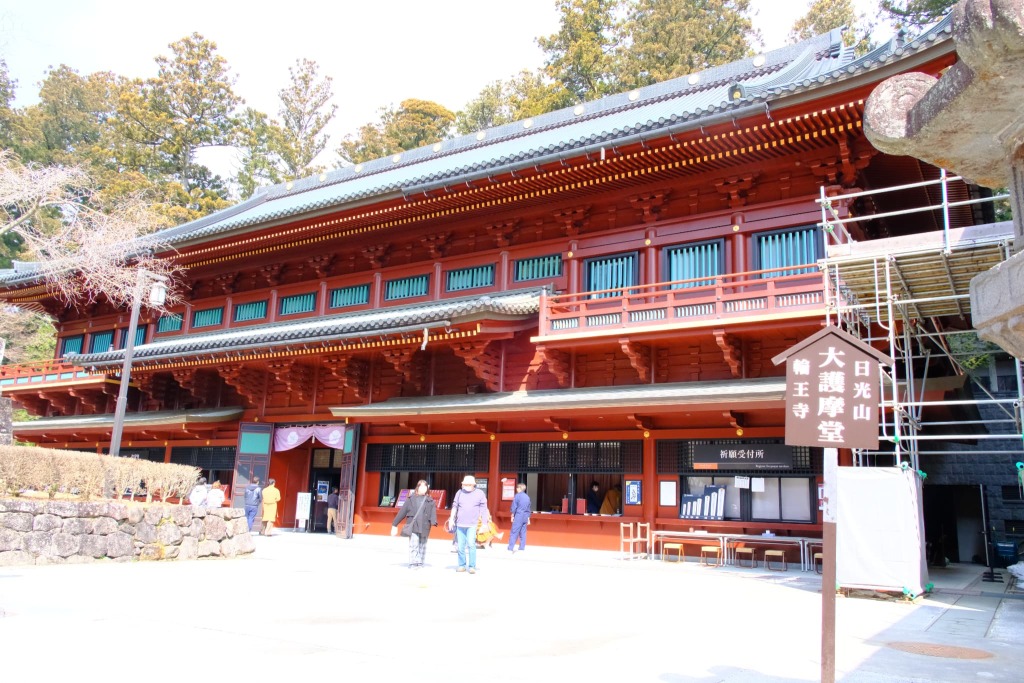
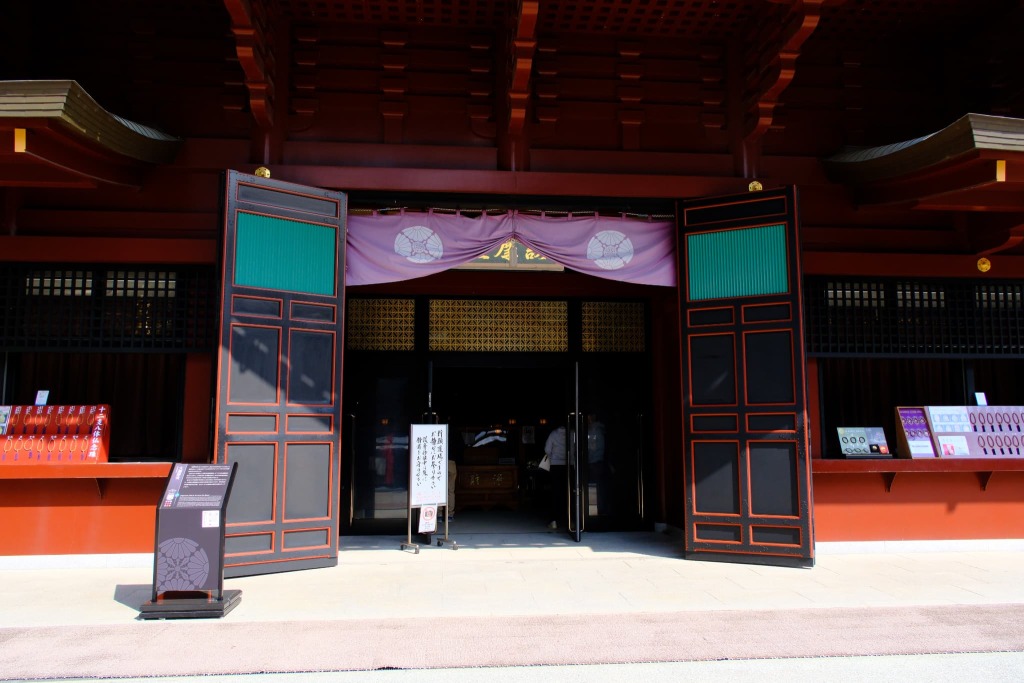
Directly across from it is the Sorin-to Pagoda. Once you pass this, continue walking toward Toshogu Shrine.
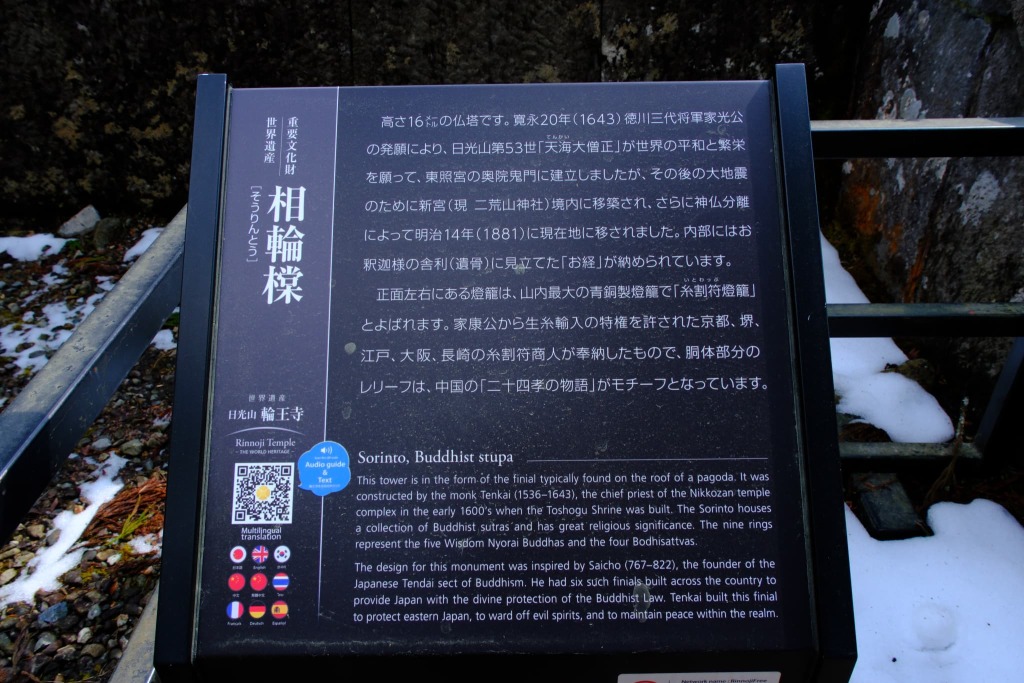
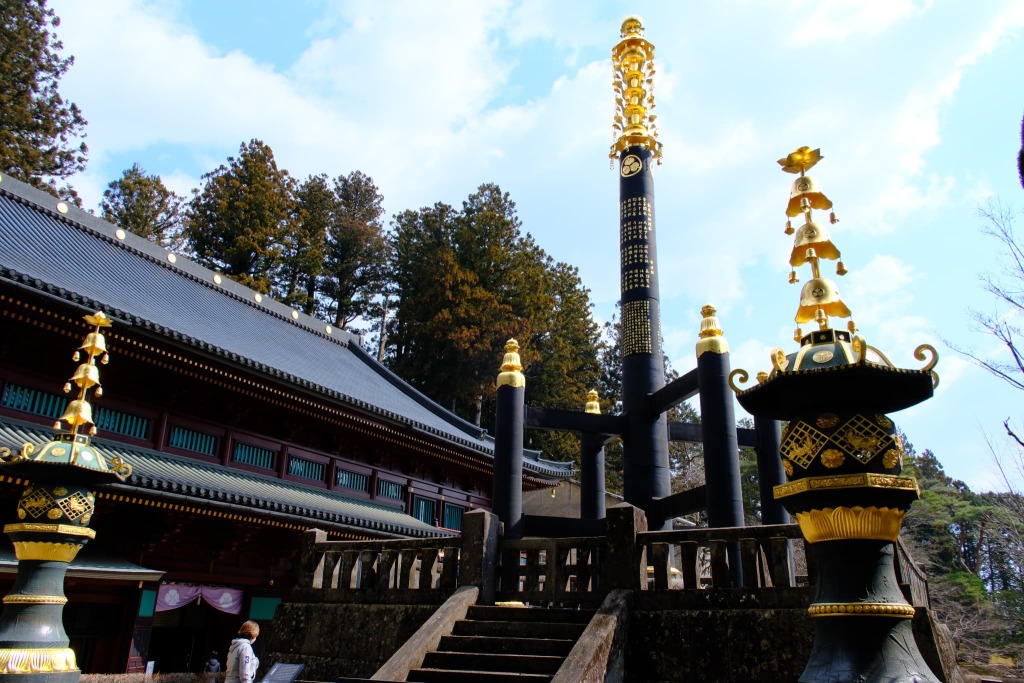
On the left side, you’ll see a red post box. Walk past it and continue straight along the road.
On the right side of the photo, you’ll notice a torii gate—if you go that way, you’ll end up at Toshogu Shrine, so stay on the straight path instead.
The path is well maintained, and after a short walk, you’ll arrive at the entrance gate
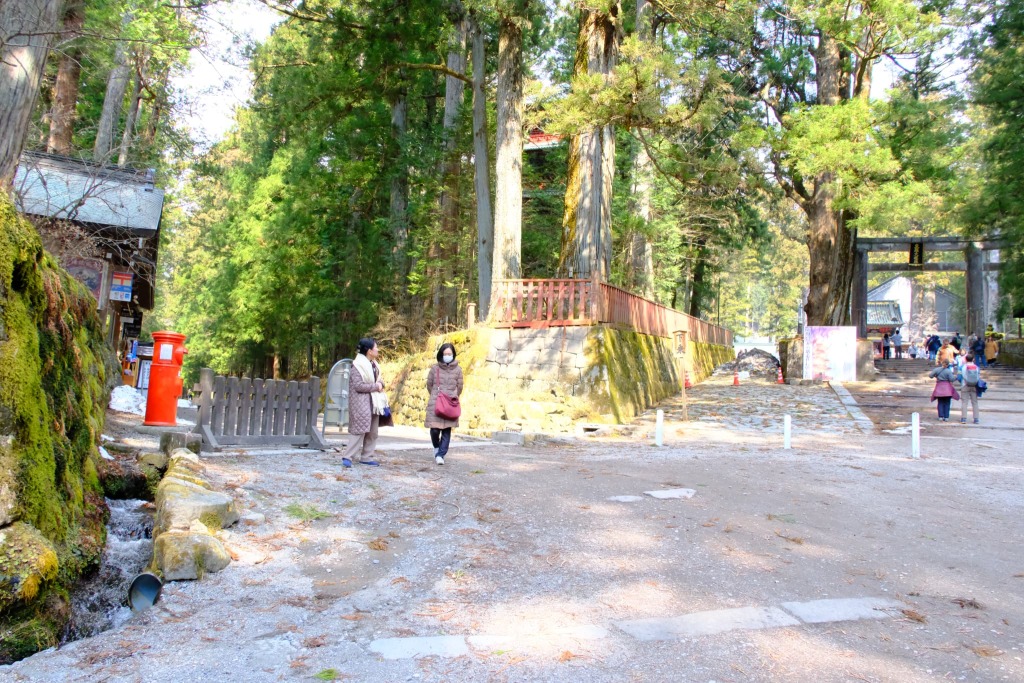
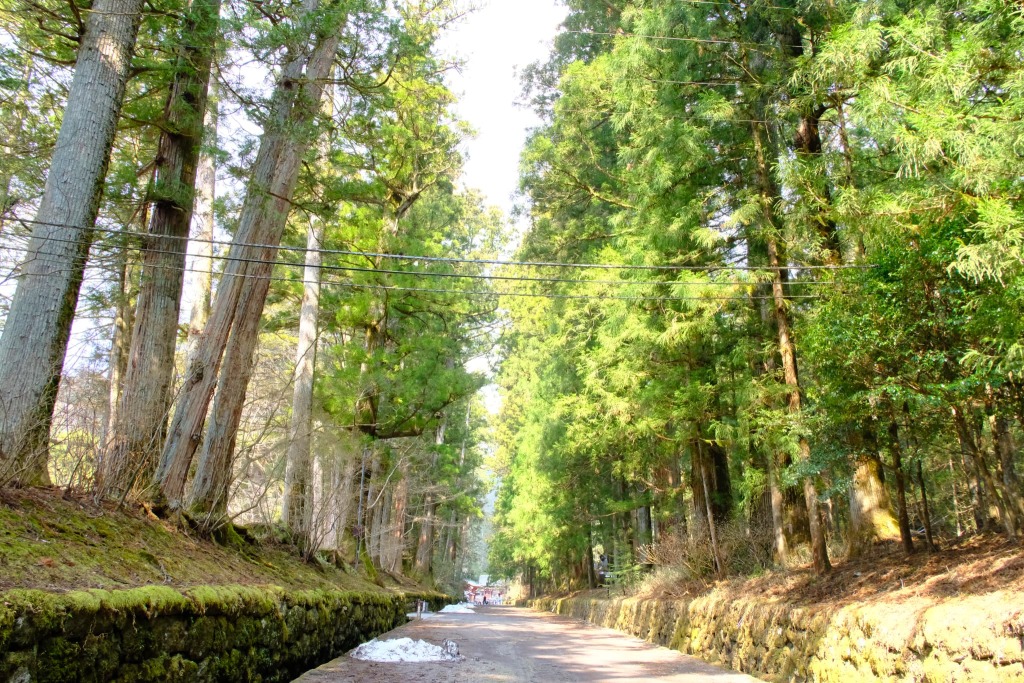
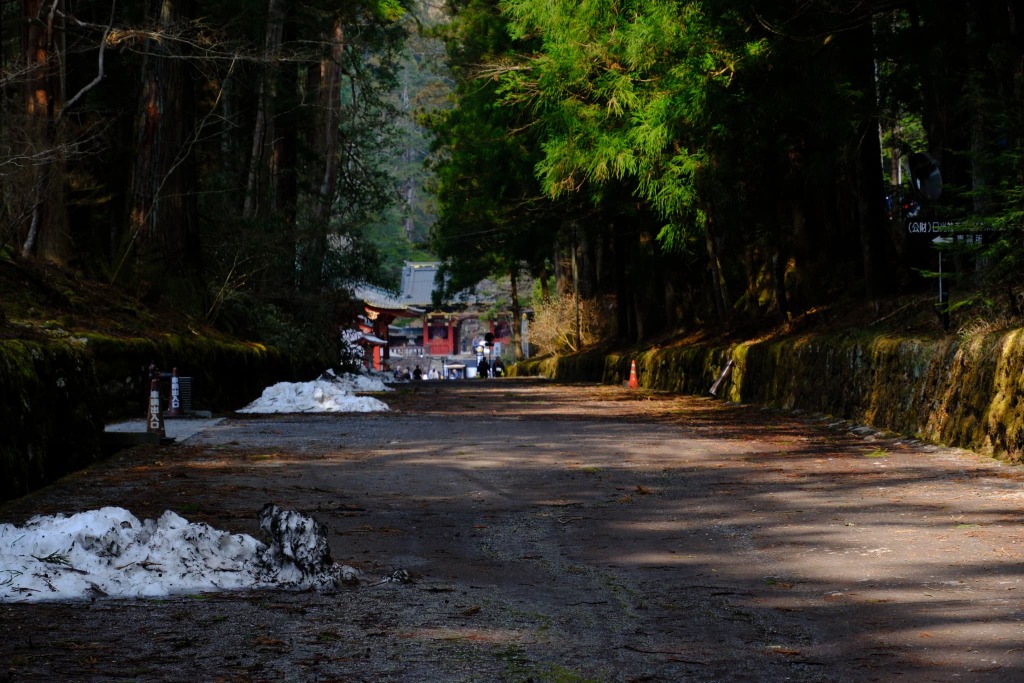
As you walk further, you’ll arrive at a gate. Continue through this gate, and you’re almost there.
Along the way, you may notice a torii gate to your right—that leads to Futarasan Shrine, so stay on the main path.
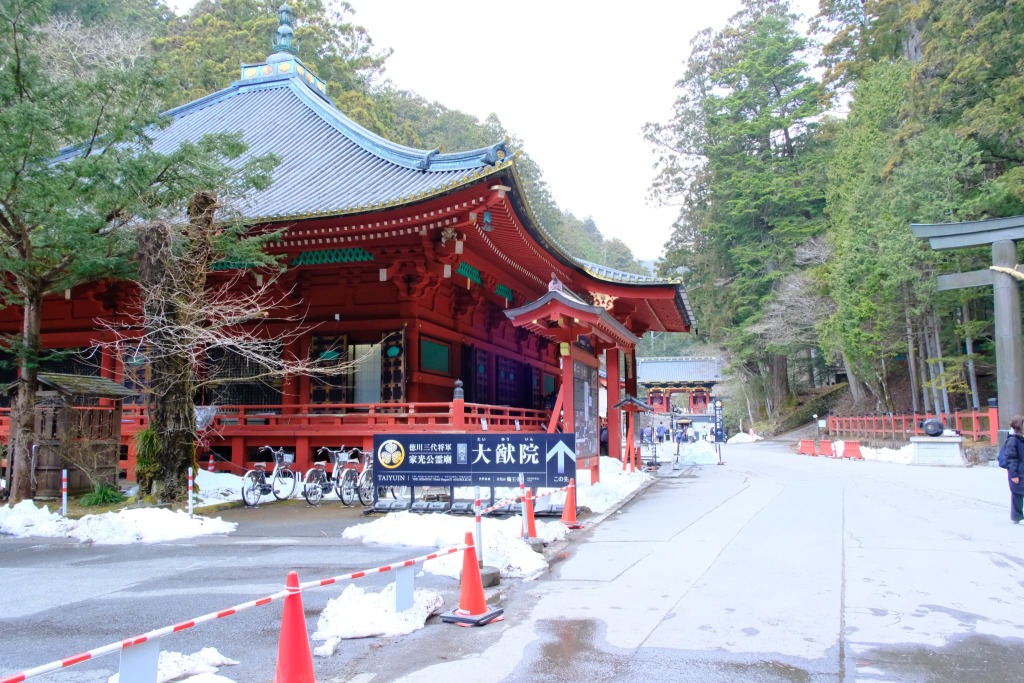
Arriving at Taiyuin
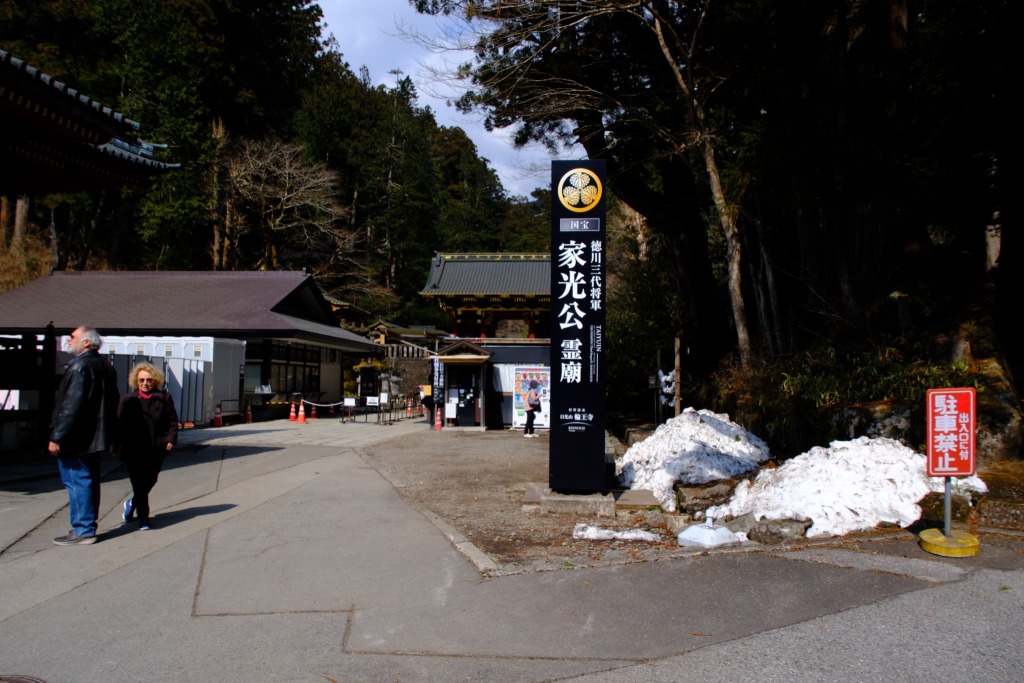
Once you reach the impressive entrance gate to Taiyuin, show your set ticket (or purchase one here if you haven’t already).
Pass through the dignified gate and enjoy the quiet approach.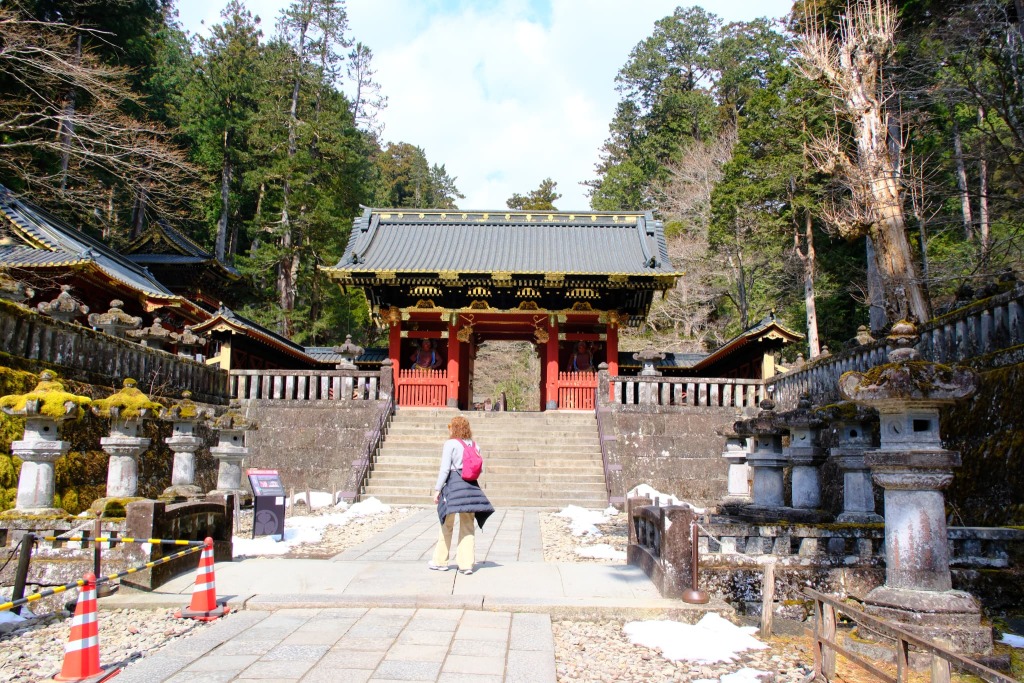
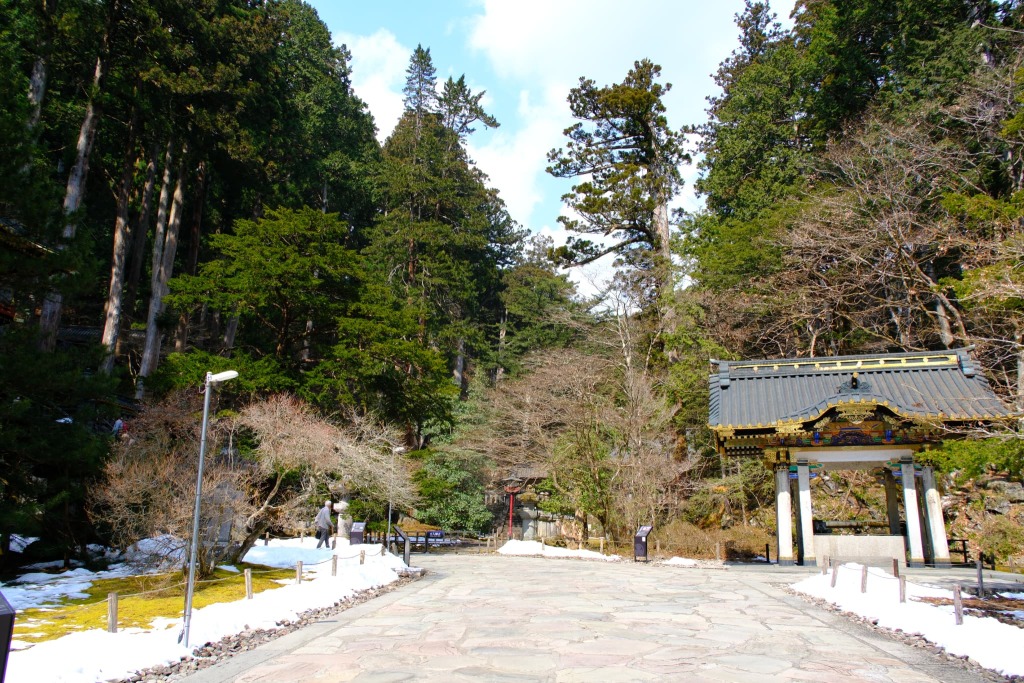
Soon you’ll see the purification basin (Omizuya). It once featured a dragon painting, which can now only faintly be seen.
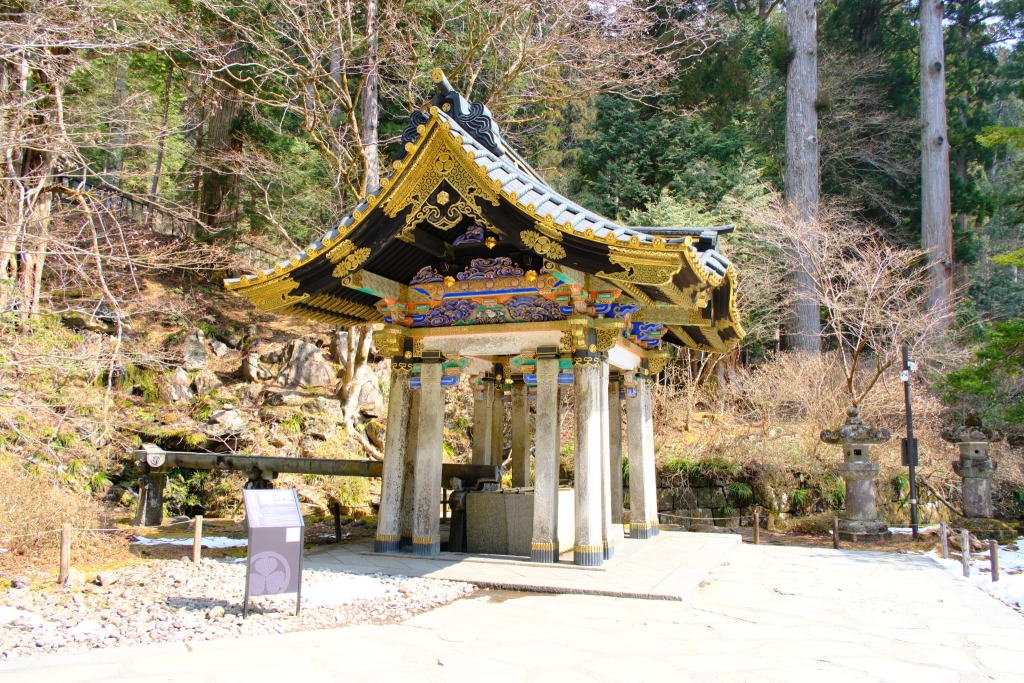
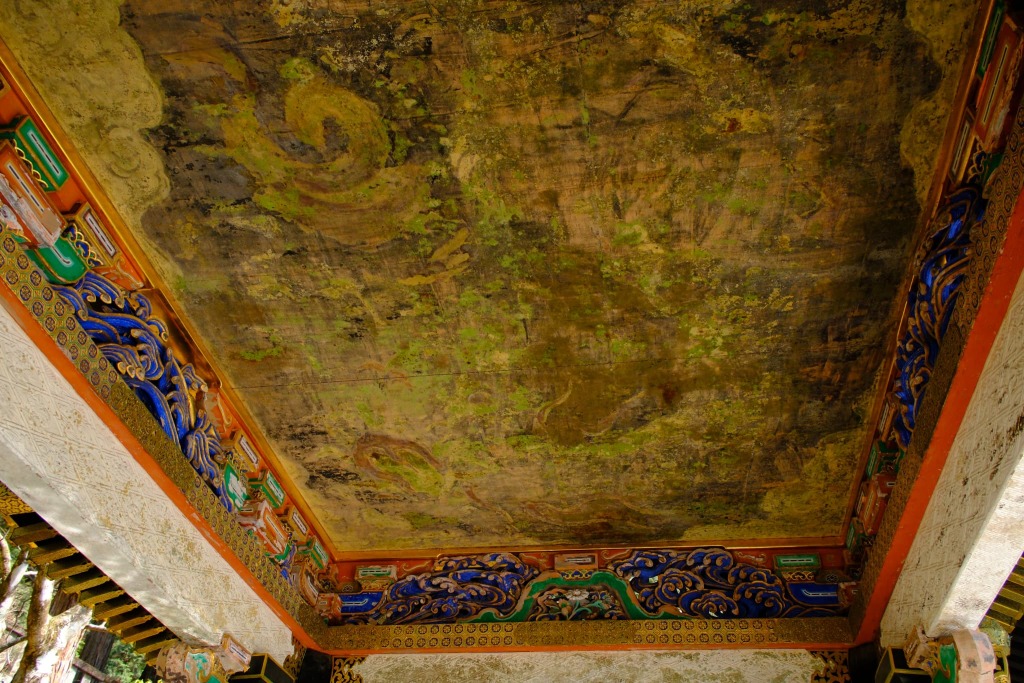
Beyond the Omizuya stands a beautifully ornate gate—its brilliance exceeds that of other buildings in the area. After walking up a staircase, another dazzling gate awaits.After walking up a staircase, another dazzling gate awaits.
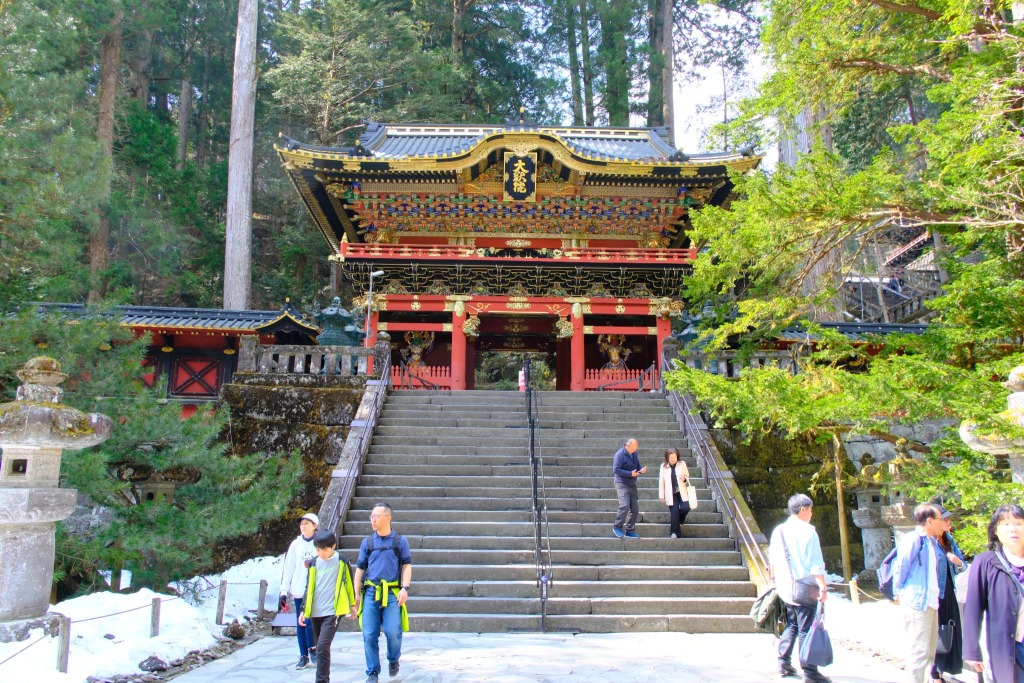
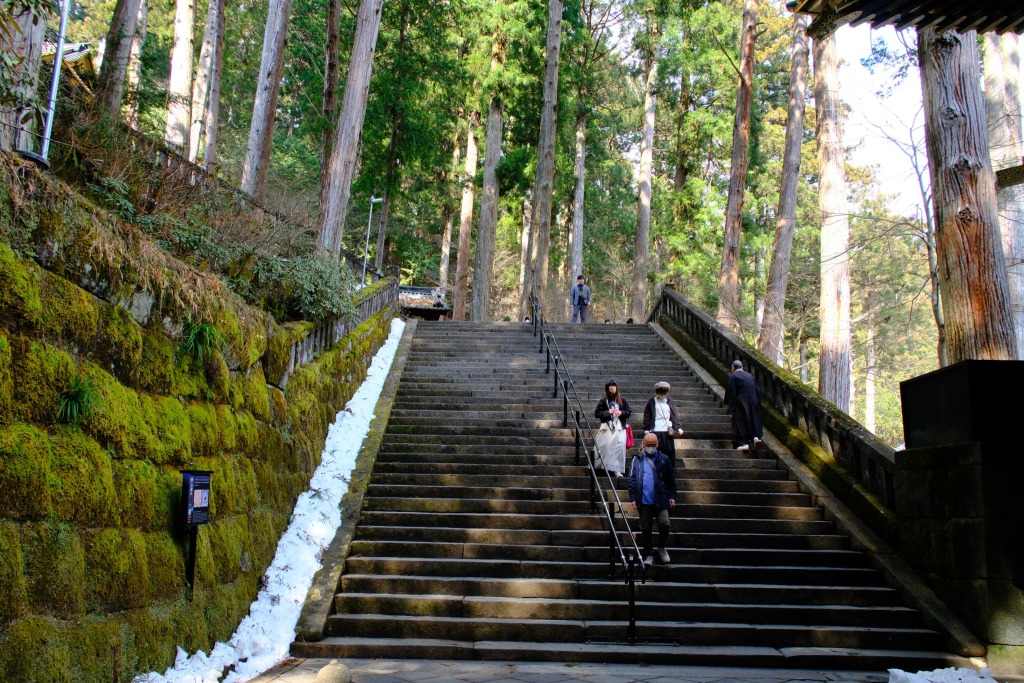
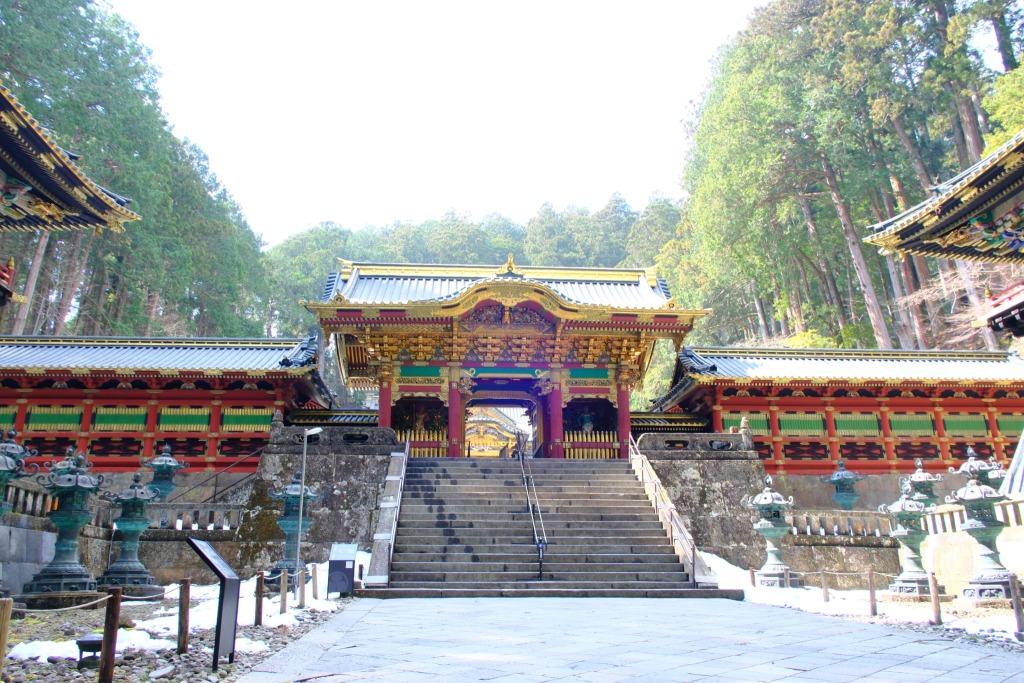
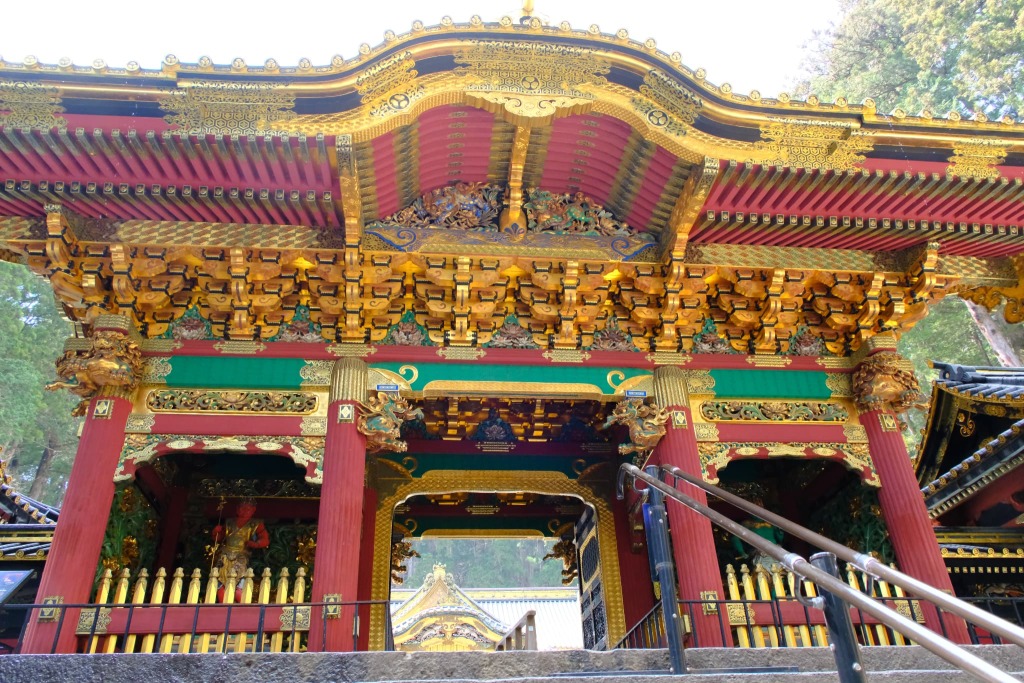
Then, you will arrive at the Haiden, or worship hall. This solemn structure features black lacquer and gold accents. Inside (accessible after removing your shoes), the building continues into the Ai-no-ma (connecting hall) and Honden (main sanctuary), though visitors may only enter the Haiden.
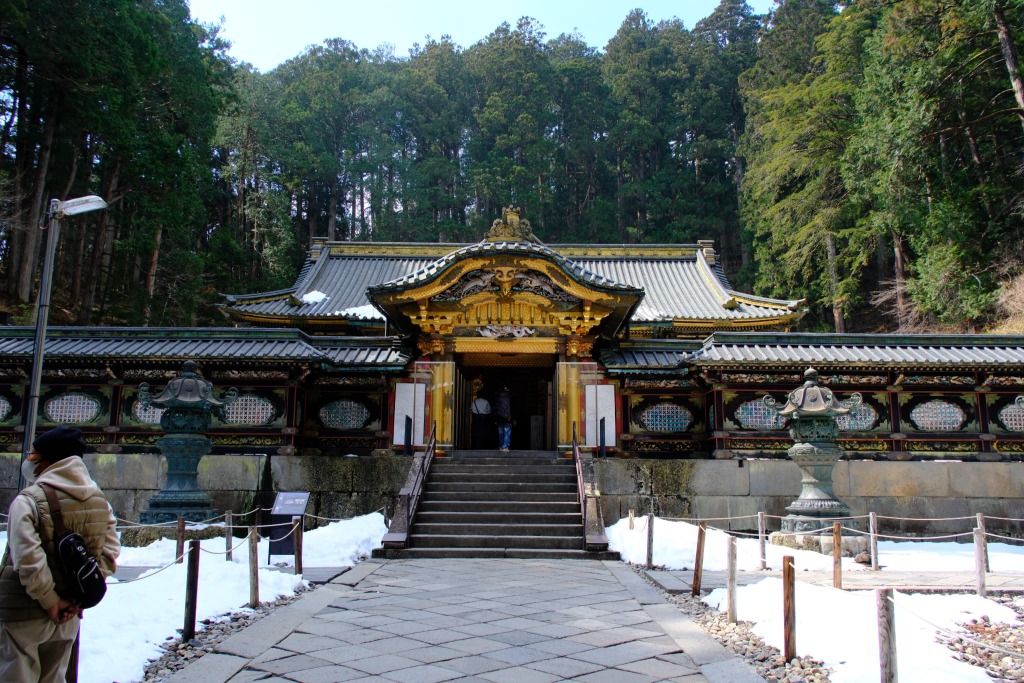
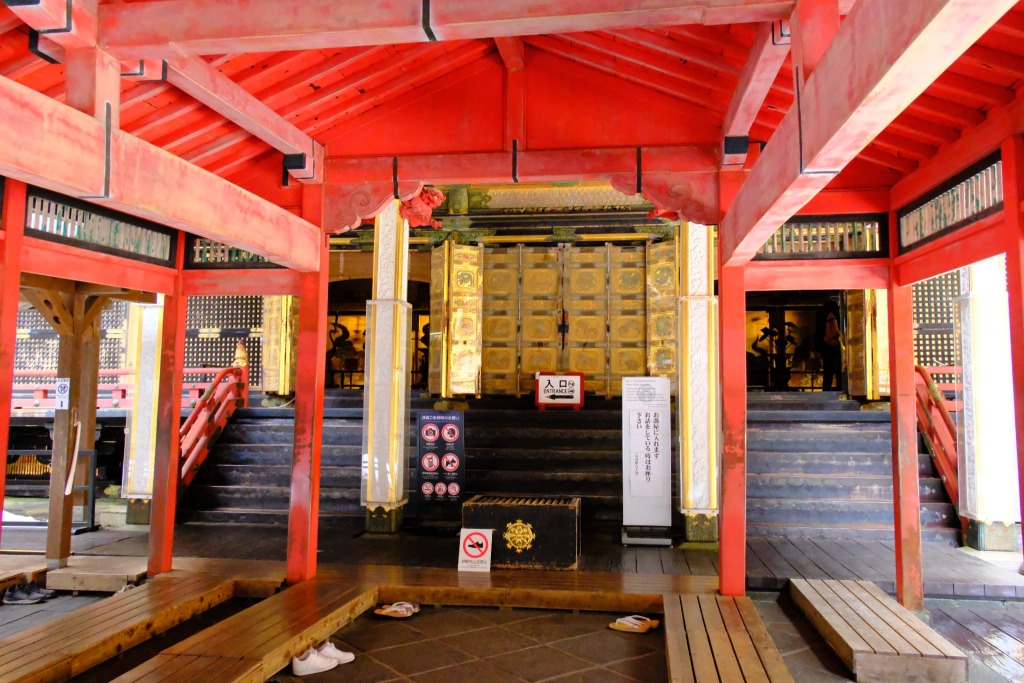
Iemitsu’s Tomb
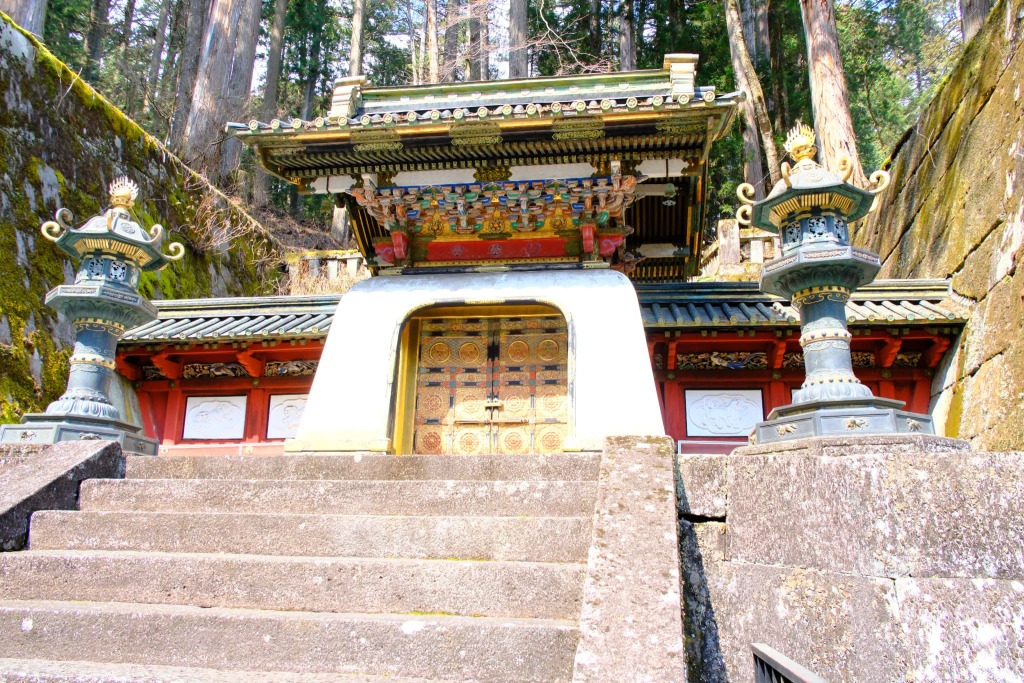
To visit the tomb of Tokugawa Iemitsu, stand facing the Haiden and follow the path on the right. After a one-minute walk, you’ll arrive.
Iemitsu’s tomb appears more ornate than that of his grandfather Ieyasu, yet not as extravagant as Toshogu Shrine. This balance was intentional: Ieyasu is said to have requested that his own shrine not be outshone.
Even so, Iemitsu’s tomb uses plenty of gold and elaborate decoration—a reflection of the artistic craftsmanship of its time.
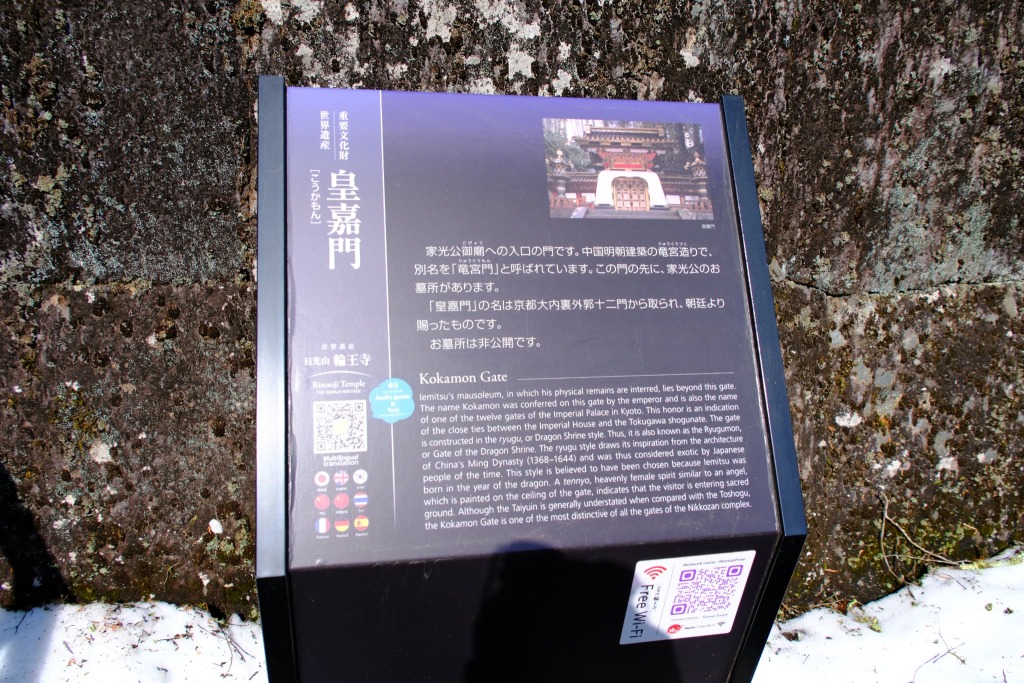
Hours and Admission Fees
Hours
- April to October: 8:00 AM – 5:00 PM
- November to March: 8:00 AM – 4:00 PM
Admission
- Rinnoji Set Ticket: Adults ¥900 / Children ¥400
- Sanbutsudo: Adults ¥400 / Children ¥200
- Taiyuin: Adults ¥550 / Children ¥250
- Treasure House & Shoyoen: Adults ¥300 / Children ¥100
Note: Some areas may be closed for religious events. Please check the official website for the latest updates.
https://www.rinnoji.or.jp/information.html
This article is based on information as of March 23, 2025.
